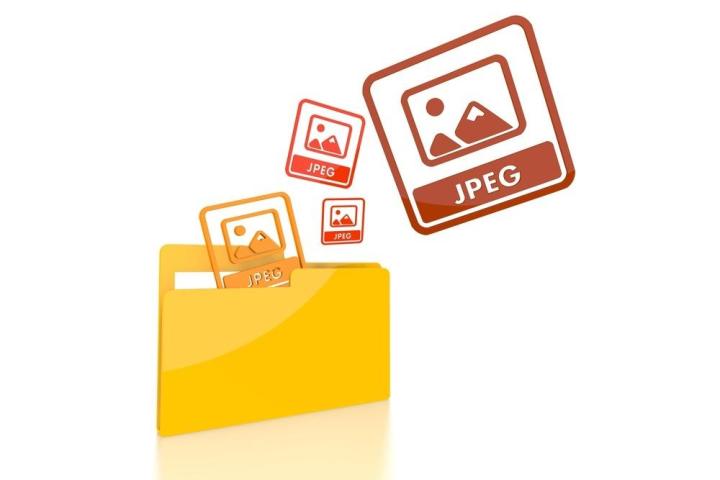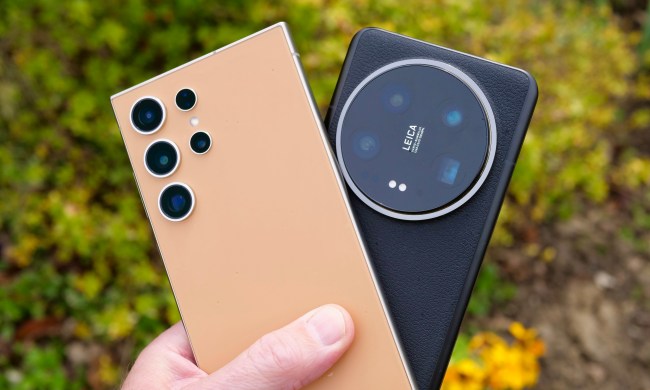
While JPEG has become the most commonly used image file format for everything from digital cameras to smartphones and the Web, the compressed format doesn’t offer the greatest flexibility for users who want to edit the image afterward. It’s why many photographers prefer shooting in RAW and designers like TIFF because they aren’t as heavily compressed, which don’t suffer from compression artifacts as much as JPEG does when the image is scaled up; however, RAW and TIFF files tend to be much larger in size than JPEG. But if JPEG continues to be de facto in the future, artifacts like noise, fuzziness, and blockiness may not matter as updates to the standard offer more flexible compression options, including completely lossless (uncompressed). In other words, better image quality.

With the ability to save images as lossless JPEG files that are still smaller in size, we could possibly do away with RAW and TIFF formats. JPEG as a standard is more universal than RAW (as every camera manufacturer has its own proprietary version of it and third-party software like Adobe Photoshop constantly have to get updated to support new cameras), so supporting one standard may be far easier. However, before any of this can happen, hardware and software makers have to adopt the new JPEG standard first.
(Via Pop Photo/The Phoblographer; image via Thomas Reichhart/Shutterstock)


